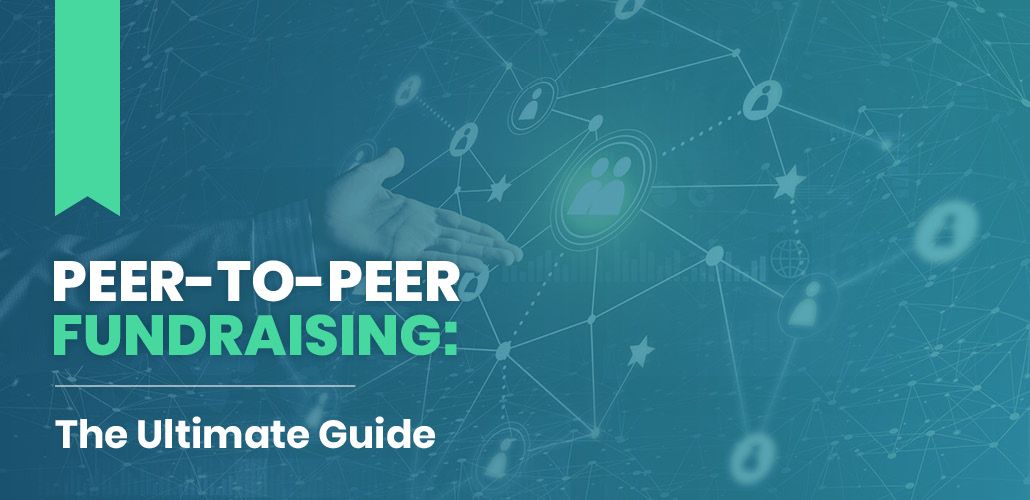Online Fundraising: Effective Digital Campaigns for Nonprofit Success
Online Fundraising: Effective Digital Campaigns for Nonprofit Success
Blog Article
The Duty of Area Engagement in Nonprofit Fundraising: Structure Lasting Relationships for Lasting Support
Area interaction is progressively recognized as a vital component of effective not-for-profit fundraising. By promoting authentic partnerships with neighborhood stakeholders, companies can grow trust and loyalty, which are vital for lasting support. However, the techniques and approaches utilized to engage areas vary widely, elevating crucial concerns regarding effectiveness and influence. What are the finest techniques for cultivating these important links, and just how can nonprofits gauge their success in this field? Recognizing these characteristics might significantly affect the future of fundraising initiatives and the general goal of not-for-profit organizations.
Comprehending Neighborhood Involvement
Community engagement is an important component of effective not-for-profit fundraising initiatives. It describes the techniques and tasks that companies utilize to connect with their regional communities, cultivating connections that are equally beneficial. Recognizing area interaction entails recognizing its diverse nature, that includes outreach, collaboration, and involvement. Nonprofits should identify essential stakeholders-- such as area members, neighborhood services, and other organizations-- to develop reliable involvement methods.
Effective area engagement is based on energetic listening and responsiveness to the needs and rate of interests of the community. This procedure involves getting feedback, comprehending area characteristics, and ensuring that the company's objective aligns with regional priorities. Involving the area can take various kinds, consisting of public conferences, volunteer possibilities, and partnership campaigns, each made to urge involvement and investment in the company's objectives.
Moreover, neighborhood engagement ought to be come close to as a recurring dialogue instead of an one-time effort. By fostering a comprehensive atmosphere where neighborhood voices are heard and valued, nonprofits can build a solid structure for future fundraising ventures. Inevitably, a deep understanding of community involvement empowers companies to produce genuine connections that boost their general performance and sustainability.
Advantages of Solid Relationships
Strong relationships developed through community engagement yield many benefits for not-for-profit fundraising initiatives. First and foremost, these partnerships foster depend on and integrity, crucial elements in encouraging contributors to contribute. When prospective fans see a not-for-profit actively involved in their area, they are a lot more likely to count on its objective and effect.

Moreover, these connections help with reliable interaction. Nonprofits can take advantage of their connections to share tales of influence, updates, and requires, guaranteeing that supporters stay educated and involved. This open line of interaction not just reinforces bonds however also urges word-of-mouth promotion, increasing the nonprofit's reach.
Last but not least, solid neighborhood connections can attract new companions and sponsors. Companies and people are more likely to line up with companies that show meaningful community involvement, supplying additional resources and support that can significantly boost fundraising capabilities. Therefore, cultivating durable relationships through community engagement is indispensable to a not-for-profit's long-lasting fundraising success.
Approaches for Effective Interaction
Exactly how can nonprofits successfully involve their neighborhoods to enhance fundraising initiatives? Creating targeted strategies is vital for cultivating purposeful links. Initially, leveraging social media platforms makes it possible for organizations to share their goal dynamically and interactively, getting to a wider target market. Normal updates, engaging material, and calls-to-action can galvanize community passion and participation.
2nd, organizing neighborhood occasions, such as workshops, volunteer chances, or fundraising drives, promotes in person communication, enabling nonprofits to showcase their influence and efforts. These occasions not just raise funds however also grow partnerships and enable neighborhood members to involve straight with the cause.
Third, applying tailored interaction approaches can improve interaction. Tailoring messages to particular contributor sections based on interests and past payments fosters a feeling of belonging and investment in the organization's goal.
Finally, creating collaborations with neighborhood organizations and community leaders can amplify outreach initiatives. Collective initiatives can boost presence and reputation, demonstrating a collective dedication to the neighborhood's health. By integrating these methods, nonprofits can develop long lasting partnerships that enhance fundraising initiatives and drive sustainable support.
Measuring Interaction Success
While involving the neighborhood is essential for effective nonprofit fundraising, gauging the performance of these involvement initiatives is just as important. Developing clear metrics permits companies to examine how well they are connecting with their target market and achieving their fundraising goals. Trick performance indications (KPIs) such as contributor retention rates, volunteer engagement degrees, and involvement on social networks platforms supply substantial data for evaluation.

Routinely analyzing these metrics makes it possible for companies to pivot their methods when required, ensuring that neighborhood engagement continues to be straightened with their overall goal. In addition, sharing these results with stakeholders promotes openness and builds trust fund, encouraging further neighborhood participation. Eventually, a robust measurement structure not just educates future fundraising efforts however also strengthens the relationship between the not-for-profit and its advocates, laying the foundation for sustainable success.
Study in Community Impact
Numerous study illustrate the profound effect that community engagement can carry not-for-profit fundraising success. One remarkable example is the "Food for Thought" campaign, where a local food financial institution partnered with organizations and schools to host area dinners. These events not only elevated funds but additionally cultivated a sense of belonging among participants, dramatically increasing benefactor retention prices.
One more compelling situation is the "Green Spaces Project," which entailed local homeowners in the revitalization of urban parks. This campaign not just gathered monetary assistance from neighborhood services however likewise cultivated a volunteer base that added to recurring upkeep and shows. The feeling of possession and satisfaction amongst neighborhood participants equated into continual payments.
In the world of arts, the "Art for All" campaign successfully involved local musicians and patrons to produce collective art installments, resulting in increased presence and contributions for a neighborhood arts not-for-profit.
These instances highlight that when nonprofits focus on area participation, they can produce long lasting partnerships that improve fundraising efforts, guaranteeing lasting support and fostering a dynamic community culture. Such situations demonstrate that community engagement is not simply a strategy yet an essential column of not-for-profit success.
Conclusion
In conclusion, area involvement is essential to the success of nonprofit fundraising efforts. By fostering strong partnerships with neighborhood stakeholders, organizations enhance trust and reputation, leading to boosted benefactor retention and commitment. Carrying out reliable interaction approaches and measuring their influence guarantees that nonprofits can prosper and adjust. Inevitably, a durable structure of community support not just intensifies fundraising potential but also cultivates a culture of partnership, vital for attaining long-term business goals and sustaining meaningful effect.
Nonprofits must determine crucial stakeholders-- such as community members, neighborhood companies, and various other companies-- to produce reliable engagement techniques.

In conclusion, neighborhood interaction is integral to the success of nonprofit fundraising efforts.
Report this page